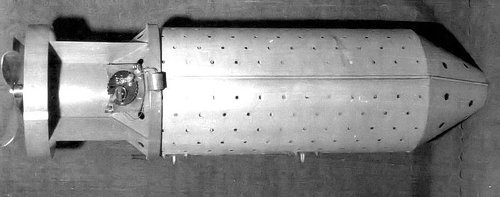
Pennsylvania dentist Lytle S. Adams had a bright idea in 1942: Since Japanese cities were largely built of paper, bamboo, and other flammable materials, they could be disrupted effectively with fire. And a novel way to spread fire in public buildings would be to release bats bearing incendiary devices. Rigged bats dropped over an industrial city would roost in the buildings as living time bombs, and the resulting fires would spread chaos over a wide area.
Surprisingly, the government liked the idea, and it set about designing a bomblike canister in which a thousand bats could be dropped from an altitude of 5,000 feet. At 1,000 feet the container would open, releasing the bats over a wide area. Ten bombers carrying 100 canisters each could unleash a million intelligent bombs over the industrial cities of Osaka Bay.
Preliminary tests were encouraging, even setting a New Mexico air base accidentally ablaze, but the project evolved too slowly and was eventually eclipsed by the atom bomb. In a way that’s a shame: “Think of thousands of fires breaking out simultaneously over a circle of 40 miles in diameter for every bomb dropped,” Adams had said. “Japan could have been devastated, yet with small loss of life.”
